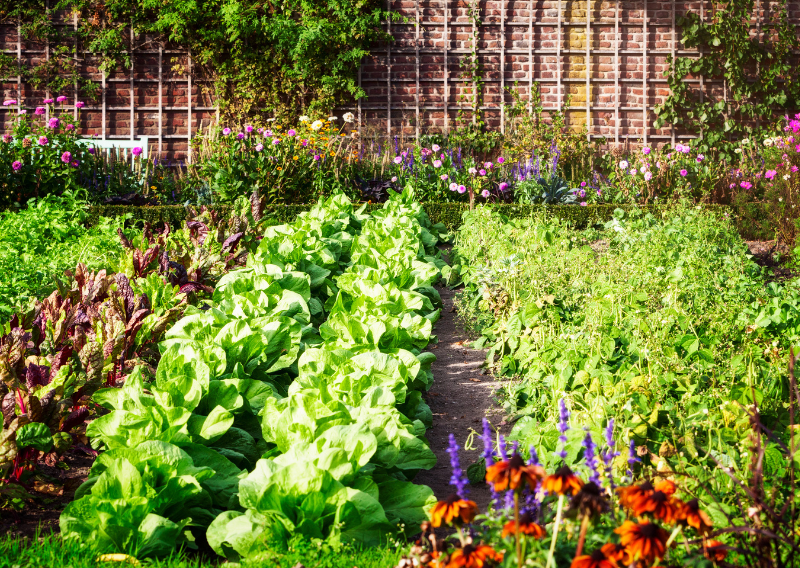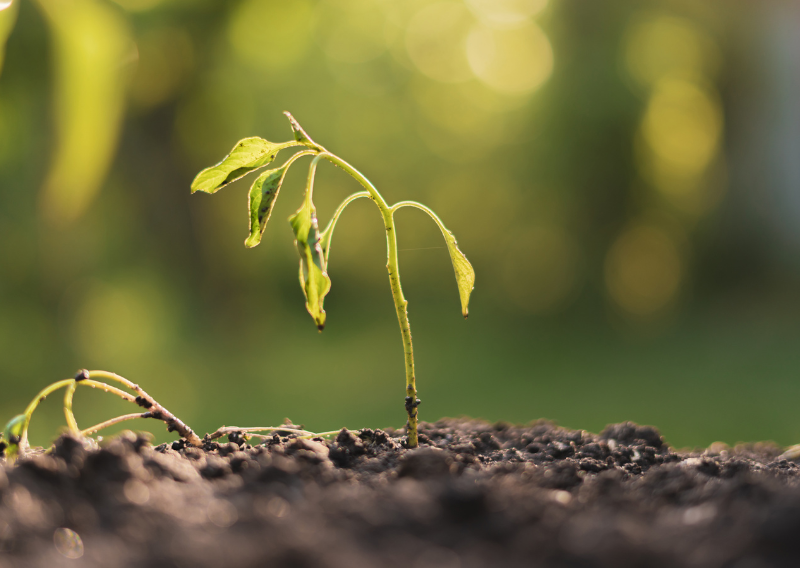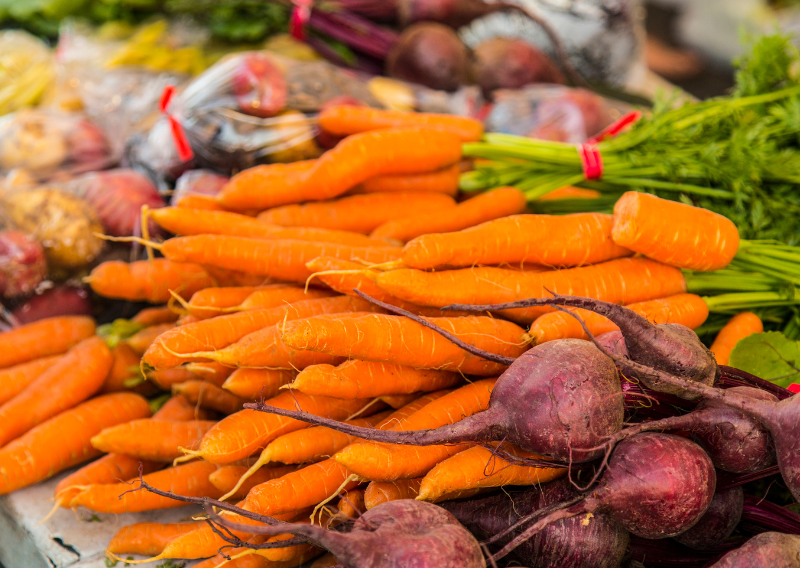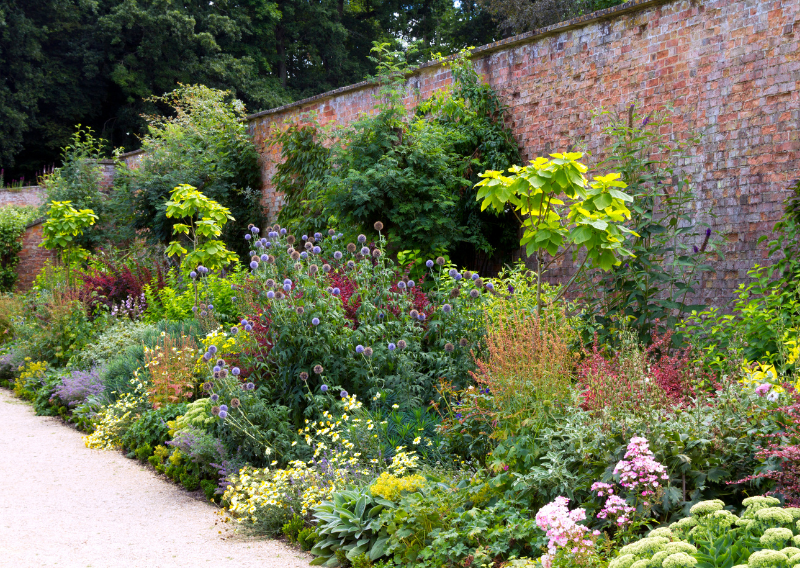
Monthly Gardening Guide: A Complete Year-Round Plan for Your Garden
Gardening isn’t just a hobby; it’s a way of life. It doesn’t matter if you’re growing herbs, veggies, or flowers—the most important thing is to remember what needs to be done each month. Seasonal changes give gardeners new tasks and chances to succeed. A monthly plan can help you stay on top of your gardening game and stay organized. We can help you with everything from planting new crops to getting rid of pests every month of the year. Let’s go over your yearly gardening list. You’ll be a pro at gardening by the end of the year!


January: Plan and Prepare
Things may move more slowly in the winter, but January is a great time to start making plans for the growing season that’s coming up. This is the month to learn more about your garden, get it in order, and set goals for it.
- Review last year’s garden: Did some plants do better than others? In what part of the room did you need more sunlight? Did bugs cause trouble? Write down what went well and what didn’t so you can make changes.
- Start seed shopping: Look through seed brochures and buy seeds for your garden this spring. When picking out plants to grow, make sure to think about the growth season and weather in your area.
- Prepare gardening tools: Check that all of your tools are in good shape. Get your tools clean, sharp, and oiled so they’re ready to use when it gets warmer outside.
- Plan crop rotation: You might want to change up the plants you grow in your veggie garden from last year. This can help keep the dirt from drying out and lower the risk of pests.
February: Start Indoors and Check for Pests
Even though there may still be snow outside, you don’t have to wait until spring to start growing. You can start planting seeds for your spring garden indoors in February.
- Start indoor seedlings: Start planting seeds indoors if you want to grow veggies like peppers, tomatoes, or herbs. To get your plants off to a good start, use boxes, pots, or other small containers.
- Inspect your garden tools and equipment: Keep an eye out for rats, mold, and other pests in your greenhouse, garden shed, or any other outdoor storage space. Keeping your storage area clean will help you avoid problems in the future.
- Prune trees and shrubs: During the month of February, when most trees and bushes lose their leaves, it is a good time to prune them. This helps plants grow well in the spring.
- Tidy up the garden: It’s a good idea to clean up old plant parts, leaves, and any vegetables that haven’t been eaten yet while the garden is quiet so that you don’t have fungal problems when it gets warmer.
March: Prepare for Planting
As the days get longer and the weather gets warmer, you should start planting and getting ready for the next growing season.
- Prepare garden beds: To make the soil better, break it up and add compost or other organic waste. You should also check-raised beds and fill them up if they need it.
- Start hardening off seedlings: If you start plants indoors, move them outside to a protected area every day for a few hours to get them used to the weather. Over the course of a week or two, slowly extend the contact time.
- Fertilize perennials and shrubs: Give your trees, plants, and perennials a boost for the growing season by giving them a slow-release fertilizer now.
- Plant early-season crops: Plant cool-season plants like peas, lettuce, spinach, and broccoli if the earth can be worked. These plants can handle the cool spring weather.
April: Plant and Protect
April is the month to start putting bigger plants outside and taking steps to keep them safe from the spring weather that can change quickly.
- Plant frost-sensitive plants: It is okay to plant soft vegetables like tomatoes, peppers, and cucumbers outside after the frost risk has passed. Plant flowers for the season now too!
- Mulch garden beds: Put down a layer of mulch to keep the soil moist and safe. Mulch keeps bugs away and cools your plants’ roots when it’s hot outside.
- Start dealing with pests: Watch for the first signs of pests like aphids, slugs, and snails. To stop an invasion, use natural pesticides like neem oil or set up traps.
- Feed plants regularly: As your plants grow quickly, make sure they are getting all the nutrients they need. If you want to keep them healthy and strong, use a balanced fertilizer.
May: Grow and Maintain
By May, your plants are strong and most of your hard work has paid off. But don’t relax too much—this month is all about keeping things in good shape.
- Water consistently: With warmer weather, your garden will need more water. Make sure you water deeply and consistently, especially for newly planted crops.
- Thin seedlings: If you’ve planted crops like carrots, beets, or radishes, thin them out so they have plenty of space to grow. This encourages strong root systems and prevents overcrowding.
- Keep an eye on pests: Monitor your garden regularly for pests, and act quickly if you spot any troublemakers. Early intervention is key to preventing a full-scale infestation.
- Deadhead flowers: To encourage more blooms, deadhead flowers regularly by removing spent blooms. This also helps keep your garden looking neat and tidy.
June: Fertilize and Prune
Summer is here in full force in June, so now is the time to make sure your garden is ready for the hottest months of the year.
- Feed summer vegetables: Give your heat-loving plants like tomatoes, peppers, and cucumbers a boost by feeding them with a high-phosphorus fertilizer to encourage flowering and fruiting.
- Prune summer-flowering shrubs: This is a great time to prune shrubs like lilacs, roses, and lavender, which are beginning to bloom or have finished blooming. Cutting back these plants will encourage stronger growth for the next season.
- Control weeds: Summer is prime time for weeds to grow, so be vigilant about weeding regularly. Use mulch and hand-pull weeds to keep them under control.
- Check soil moisture: Make sure your plants are getting enough water during the hotter months. If the weather is particularly dry, consider setting up a drip irrigation system to ensure consistent moisture.
July: Harvest and Stay Vigilant
By July, your garden should be in full swing, and all your hard work should be paying off. While gathering is important, it’s not the only thing that needs to be done.
- Harvest regularly: Keep an eye on your fruits and vegetables and harvest them as they ripen. Regular harvesting encourages plants to keep producing and helps avoid overripe produce.
- Monitor for pests: Some pests can become more active during the summer months, so continue to check for any new infestations. Be sure to act quickly if you notice signs of damage.
- Maintain soil moisture: If you’re experiencing hot, dry weather, make sure to keep your garden well-watered. Consider watering in the early morning or late afternoon to reduce evaporation.
- Feed crops that need it: Certain crops, like tomatoes and corn, benefit from an additional dose of fertilizer during mid-summer. Keep them well-fed for the best yields.
August: Tidy Up and Prepare for Fall
As summer ends, it’s possible that your garden is beginning to look old. It’s time to get ready for fall in August, but you can still enjoy their summer crops.
- Clean up dead plants: Remove spent annuals and any plants that are past their prime to prevent disease and pests from taking hold.
- Start fall crops: Begin planting cool-season crops like kale, spinach, and carrots, which thrive in the cooler temperatures of fall.
- Prune spent flowers: Trim back spent flowers and deadhead any remaining blooms to encourage the plants to focus on their remaining growth.
- Maintain watering: Continue to water your garden, especially as the weather shifts. Keep an eye on moisture levels to prevent plants from drying out during late summer heat.
September: Prep for Fall
For real, summer ends in September, but it’s also a great time to start planning your fall yard. The change from one season to the next starts at this point.
- Plant fall bulbs: If you’re into flowers, September is the time to plant bulbs like tulips and daffodils for next year’s spring blooms.
- Harvest late crops: Keep harvesting those fall vegetables, especially if they were planted earlier in the season. Squash, pumpkins, and root crops will be ready by now.
- Prepare soil for next season: Once your summer crops are finished, add compost to your garden beds to improve the soil for next year’s plants.
- Clean tools and equipment: As the season winds down, clean your gardening tools and equipment. This will help them last longer and keep them ready for the next season.
October: Tidy Up and Get Ready for Winter
A lot of farmers start to slow down in October, but there’s still a lot to do to get ready for the winter.
- Remove dead plants: Clear out any dead plants and spent crops to prevent pests and diseases from overwintering in your garden.
- Plant winter crops: If you live in a mild climate, you can still plant hardy vegetables like garlic and onions in October for a winter harvest.
- Prepare for frost: If frost is a concern in your area, take steps to protect sensitive plants. Use row covers or frost blankets to shield plants from the cold.
- Clean and store tools: Thoroughly clean and store your garden tools for the winter to prevent rust and damage.
November: Rest and Reflect
Since it’s getting colder and planting is taking longer, November is a good month to take it easy and think.
- Reflect on the year: Think about what worked well and what could be improved. Use this time to make notes for next year’s gardening season.
- Store tools properly: Clean and sharpen your tools before storing them for the winter. Proper storage will extend their life and ensure they’re ready when you need them next year.
- Prepare your garden for winter: If you haven’t already, cover your garden beds with mulch to protect them from freezing temperatures.
December: Plan for the Future
It’s easy to think that your garden is over for the year, but December is a great month to start making plans for next year.
- Order seeds for next year: Take advantage of seed catalogs and plan your garden for next year. Think about what worked well in your garden and what new varieties you want to try.
- Maintain tools: Keep your tools sharp, clean, and ready for the next season.
- Reflect and relax: Enjoy the quiet season and the break from gardening. By the time spring rolls around, you’ll be eager to get back to it.
Gardening is a fun and satisfying hobby, and you can have a successful garden all year long with some planning and work. As long as you use this monthly guide, your plants will always get the care and attention they need to do well.
Happy gardening!






















